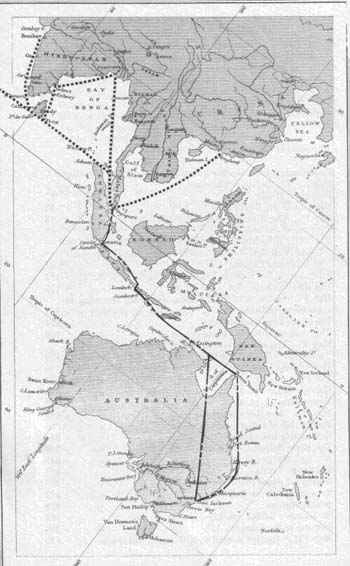Crossing the Pale: Representations of White Western Women in Indian Film and Media
Main Article Content
Abstract
Article Details
Issue
Section
References
Anand, S. (2002) 'Eating with Our Fingers, Watching Hindi Cinema and Consuming Cricket.' Himal South Asian.
Basu, S., Kak, S. & Krishen, P. (1981) 'Cinema and Society: A Search for Meaning in a New Genre', in Indian Popular Cinema: Myth, meaning and metaphor (ed.) Pradip Krishen India International Centre Quarterly Special Issue. Vol.8(1) New Delhi: India International Centre.
Chatterjee, P. (1993) The Nation and its Fragments: Colonial and Postcolonial Histories. New Jersey: Princeton University Press.
Dwyer, R. (2002) 'Real and Imagined Audiences: Lagaan and the Hindi Film after the 1990's.' Etnofoor Anthropological Journal. Issue: 15(1/2): 177-193, available online:
Fanon, F. (1968) Black Skin White Masks. New York: Grove Press.
Farred, G. (May 2004) 'The Double Temporality of Lagaan: Cultural Struggle and Postcolonialism', Journal of Sport and Social Issues. Vol. 28 (2) Sage Publications. jss.sagpub.com (4.10.05).
Gandhi, L. (1998) Postcolonial Theory: A Critical Introduction. New Delhi: Oxford University Press.
Ghosh, S. (1999) 'Feminists Engage with Censorship' in Brosius, C and Butcher, M. Image Journeys: Audio visual media and cultural change in India. New Delhi: Sage Publications.
Gokulsing, K.M. and Dissanayake, W. (1998) Indian Popular Cinema: A Narrative of Cultural Change. New Delhi: Orient Longman.
Hariharan, K. (May 2002) 'Mirror, Mirror on the Wall: Being Fair is not Unfair after all.' In webzine, www.littleindia.com (6.10.05).
Jayawardena, K. (1995) The White Woman's Other Burden: Western Woman and South Asia during British Colonial Rule. New York: Routledge.
Jejeebhoy, S. J. et al (2006) Formation of partnership among young women and men in Pune district, Maharashtra. New Delhi: Population Council. www.popcouncil.org/asia/IndiaRI.html (4.4.07).
Kishwar, M. (June 2004) 'The Idea of India', India Together. www.indiatogether.org/manush/issue139/idea.htm (7.11.05).
Mulvey, L. (1989) Visual and Other Pleasures. Bloomington: Indiana University Press. https://doi.org/10.1007/978-1-349-19798-9
Nandy, A. (1998) Creating A Nationality: The Ramjanmabhumi Movement and Fear of the Self. New Delhi: Oxford University Press.
Nandy, A. (1983) The Intimate Enemy: Loss and Recovery of Self Under Colonialism. New Delhi: Oxford University Press.
Pollock, G. (1987) 'What's Wrong with Images of Women?' Parker, R. and Pollock, G. (eds.) Framing Feminism: Art and the Women's Movement 1970-1985. London: Harper and Collins.
Schick, I.C. (1999) The Erotic Margin: Sexuality and Spatiality in Alterist Discourse. London: Verso.
Wani. A. (2007) 'Uses of History: Rang de Basanti and Lage Raho Munnabhai.' Mr Zine Monthly Review. www.mrzine.monthlyreview.org/wani120207.html (6.4.07).
Yeti. (2006) '45 Minutes of Rang de Basanti.' Cultural Sabotage. www.culturalsabotage.blogspot.com/2006/03/review (5.4.07).
